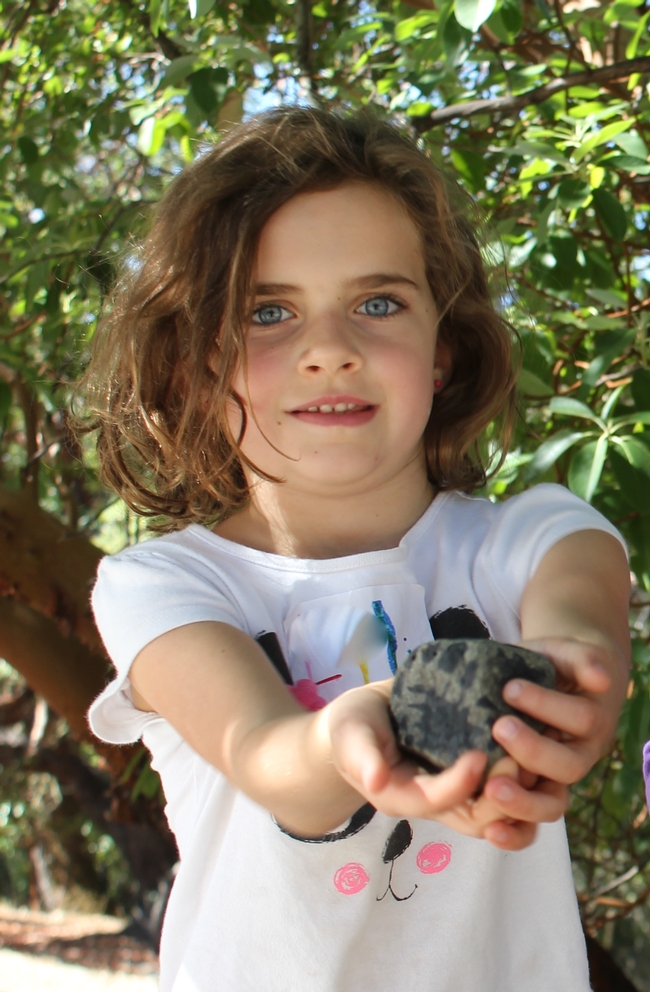As one of the 9 UCANR Research and Extension Centers (RECs) across California, Hopland REC offers opportunities for research projects across a variety of disciplines particularly those requiring rangeland, oak woodland and chaparral environments. While respecting that need we also have the desire to behave as exemplary stewards of the land, setting examples and raising awareness as we change and improve our methods.
One important lesson that has allowed us to learn and spread knowledge has been from the history of our site. Dr. Donna Gillette has conducted research at HREC since 2006 when it became evident that some of the ancient petroglyph style markings to be found on the 5,358 acre site were likely to be over 2000 years old. Many of these markings take the form of circles carved into large rocks and are described as “Pecked, Curvilinear, Nucleated” markings (PCN's). Following Dr. Gillette's work we discovered that these markings were in fact between 5-8000 years old, pre dating Pomo culture (as we know it).
This fascinating research led us to ask questions about what kind of behavior is appropriate around such important discoveries. Can we touch these markings without degrading them further? Can we show them to the public? How do our Tribal partners feel about such finds? How do they affect land management decisions?
Our own journey led us to work more closely with our local Tribal Historic Preservation Officer (THPO), Shawn Padi of the Hopland Band of Pomo Indians. This partnership has most recently contributed to our “Archaeology for All” event, featuring both archaeologist Dr. Gillette and THPO's Shawn Padi and Hillary Renick on Saturday, October 10th. This event was planned in close collaboration with the Society for California Archaeology, the mini grant that we received enabled us to support the travel costs of our wonderful volunteer speakers, while the Hopland Band of Pomo Indians provided the lunch.
Over 100 members of the public and 30 children attended this event at which we discussed our local history, cultural markings that might be found on our landscape and why it is important to leave any discoveries of artefacts or markings just as you find them and report to your local THPO. Children got the chance to become archaeologists themselves and saw directly how difficult it can be to piece together our history when pieces of the story might have been removed or broken!
Piecing the past together – students try to put together the pieces of broken pottery they have located and mapped – it's not always easy when others have taken some of the pieces as keepsakes.
The challenge of balancing current demands from our natural resources and culturally important sites can be complex. However learning from the history of people in our area is a vital step in understanding sustainable use and behavior for the future. The Hopland Research and Extension Center have benefitted greatly from relationships such as those with local THPO's, their knowledge is integral future land management decisions.
